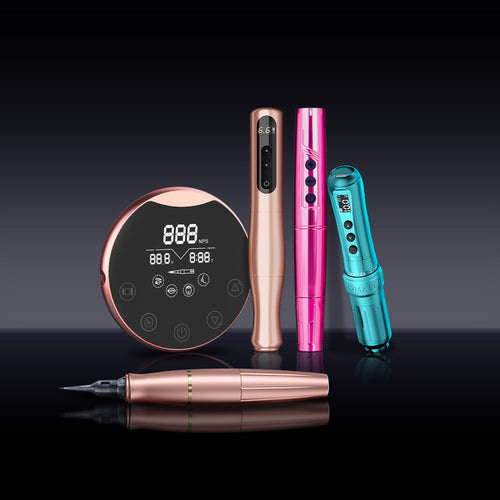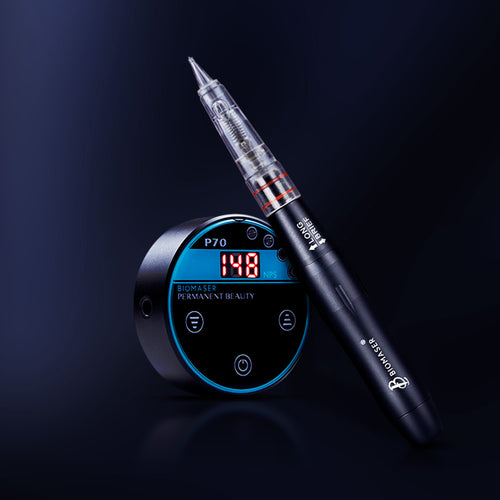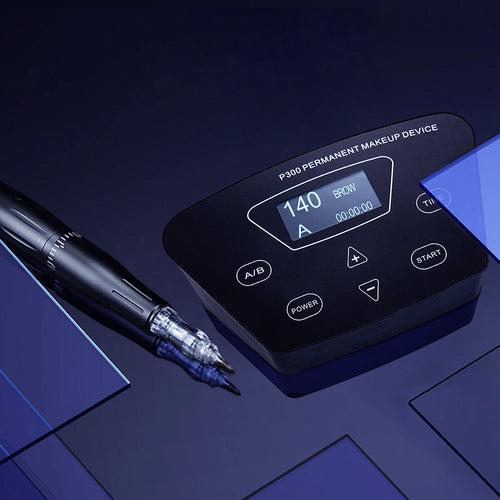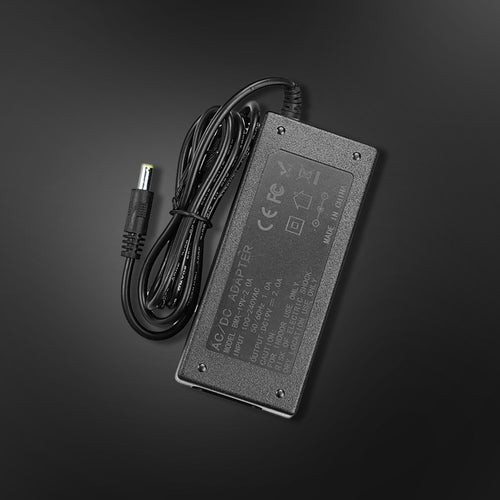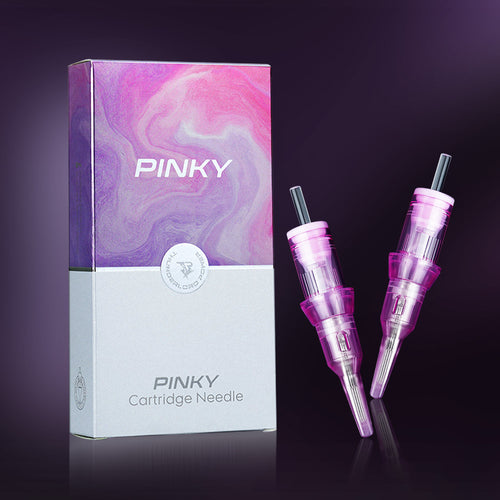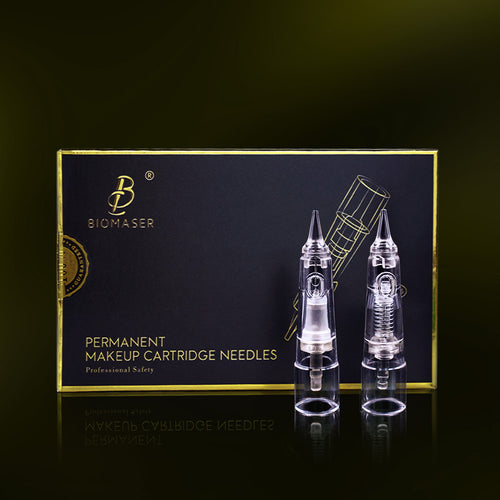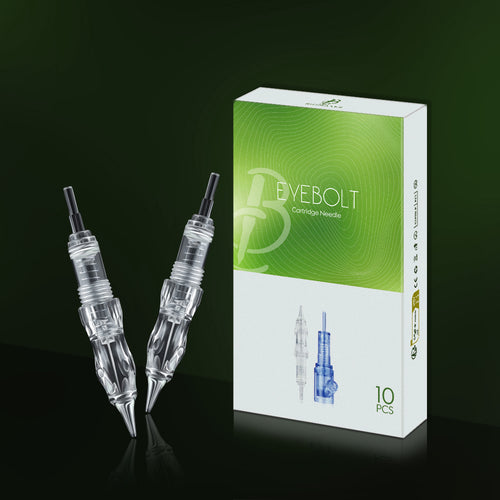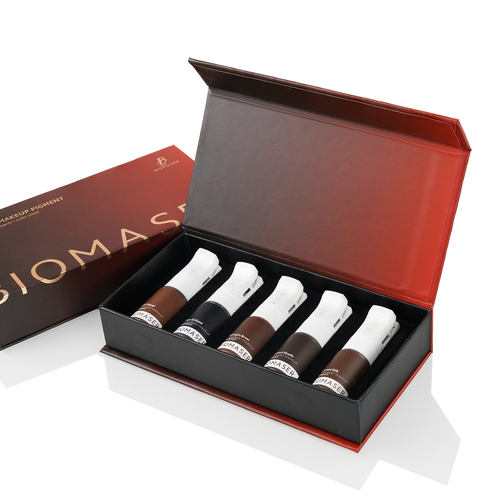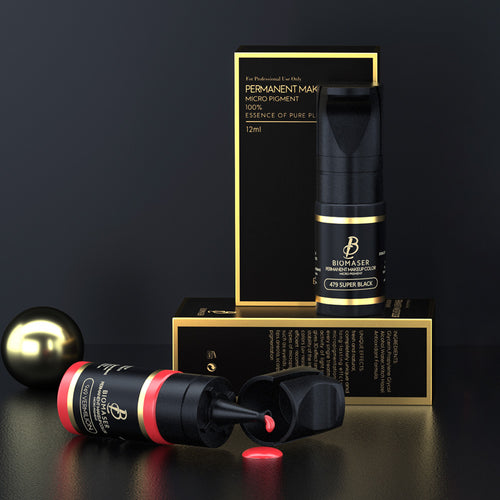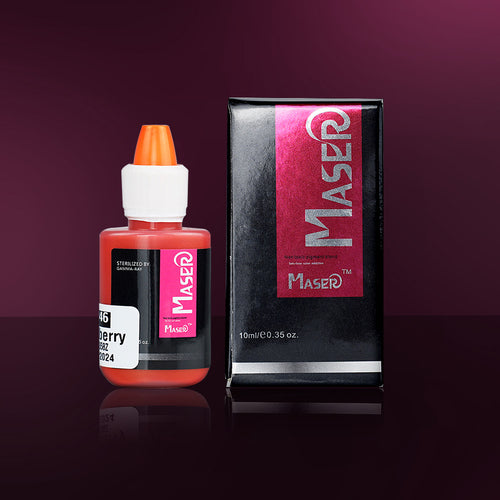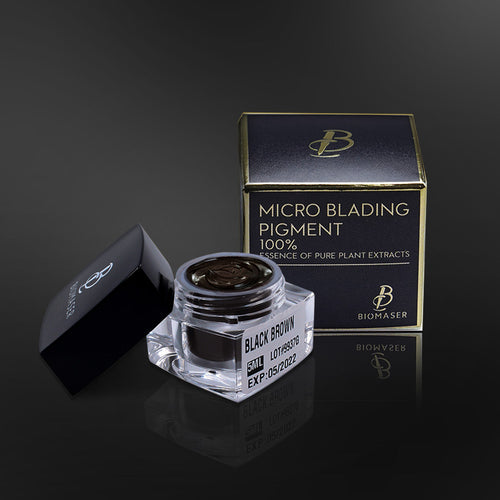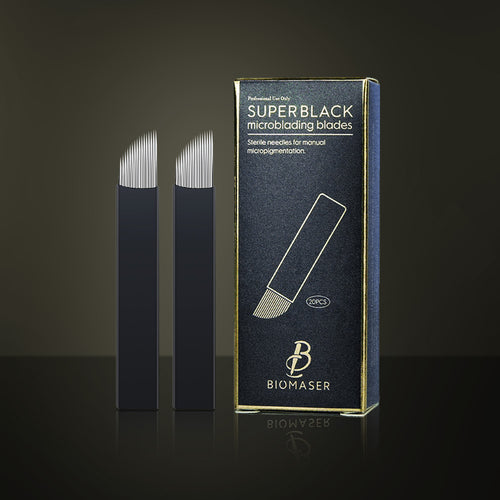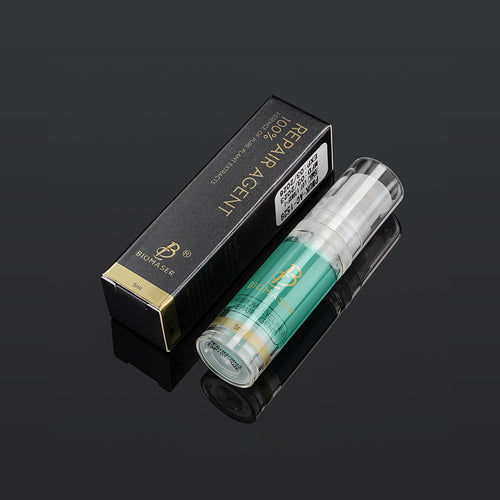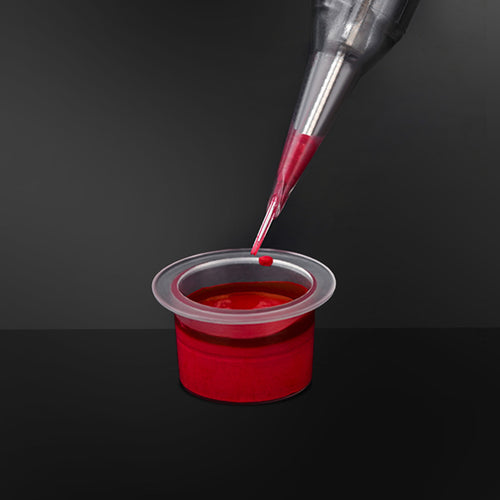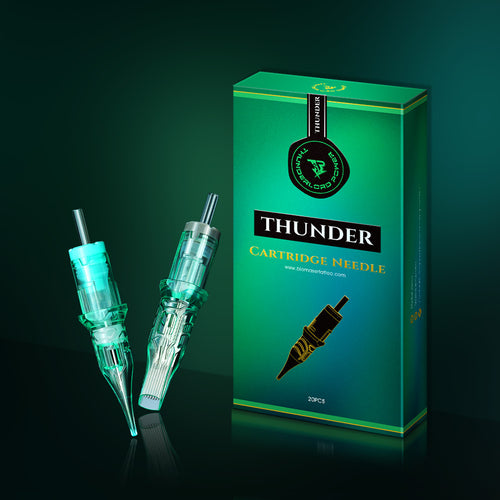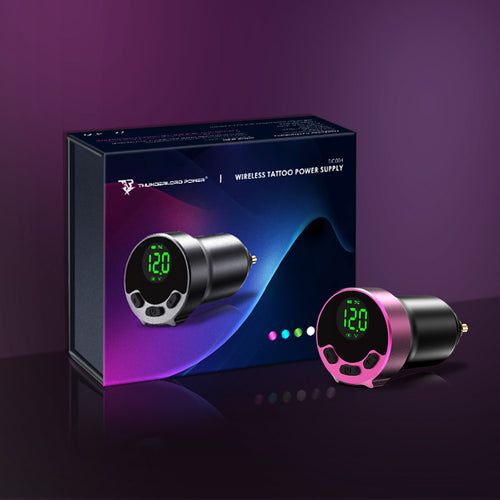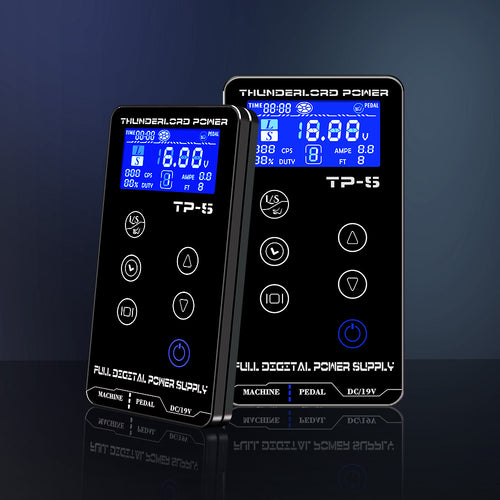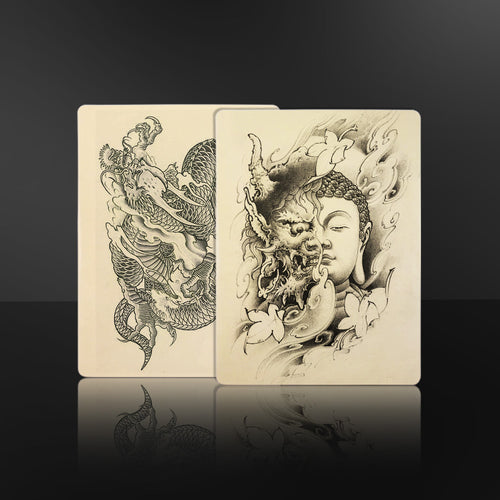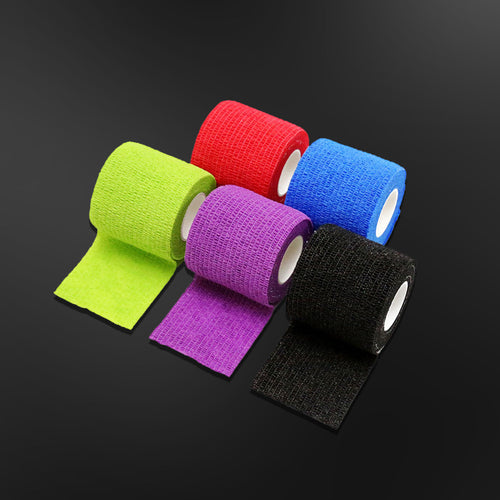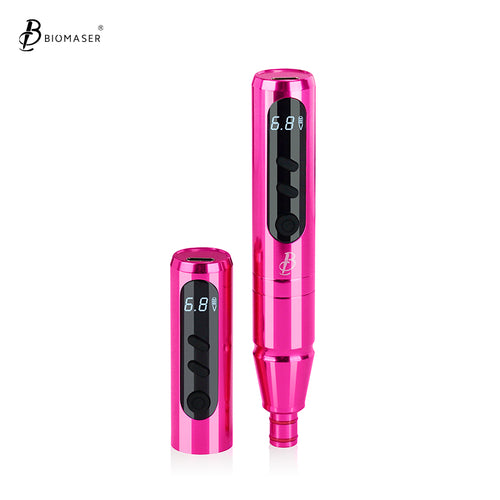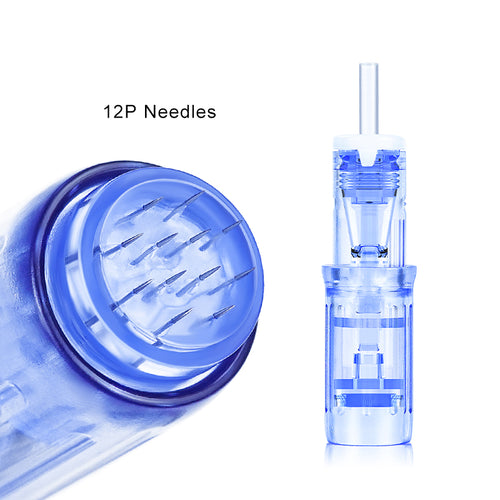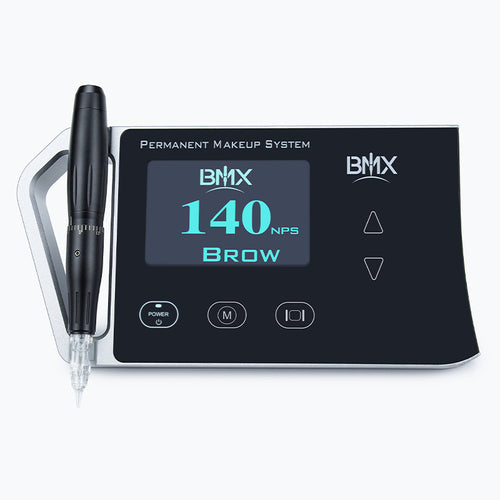What is an Areola Tattoo? Your Complete Beginner's Guide
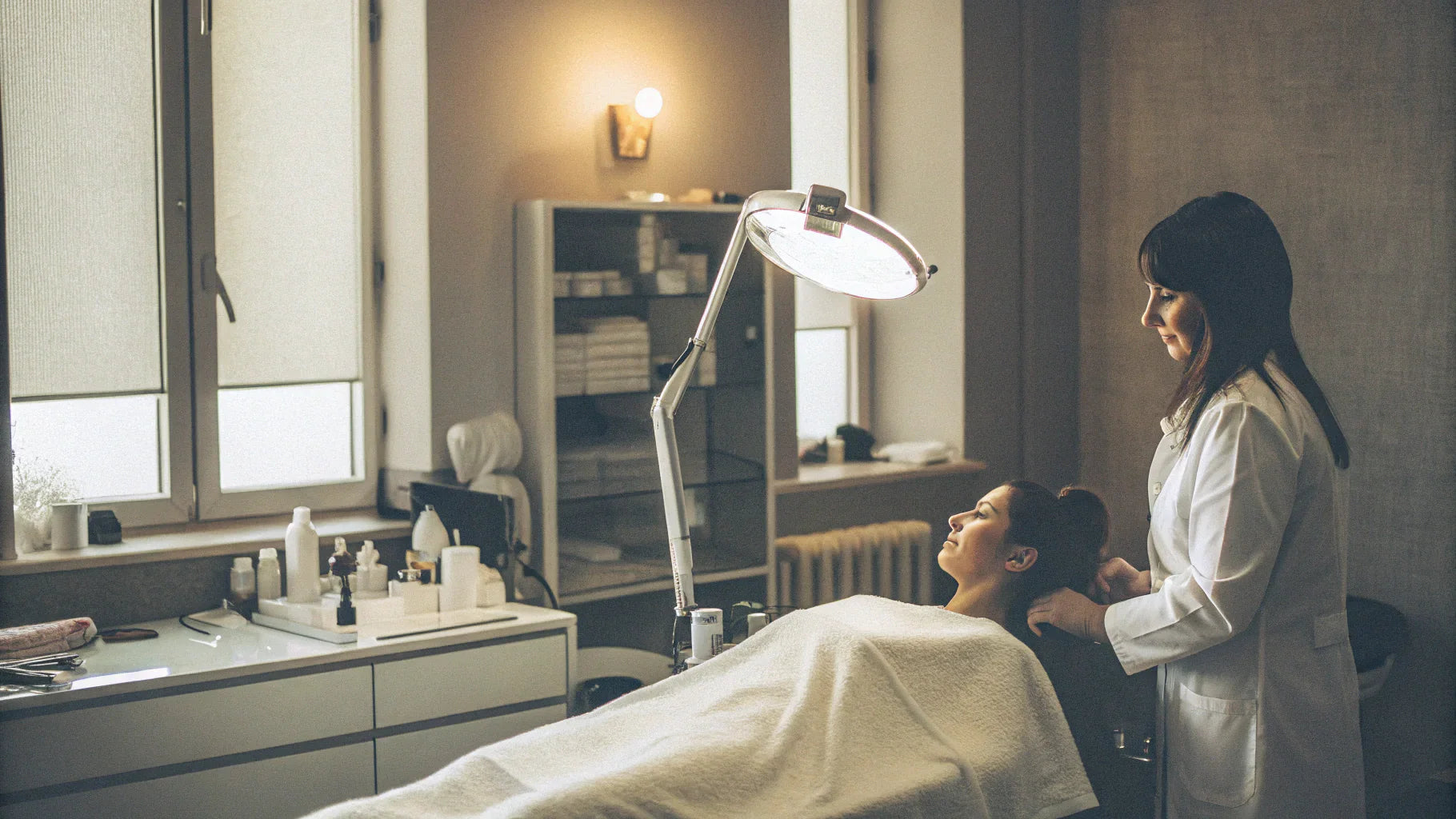
Key Takeaway
If you want to improve the look of your breasts after surgery, trauma, or for cosmetic reasons, areola tattooing is a safe, effective, and empowering choice. It gives you a natural look, helps your emotions heal, and boosts your confidence. If you work with a skilled artist and follow what they say about taking care of yourself afterward, the effects will last for years and help you feel whole again.
Areola tattooing is a specific type of medical and cosmetic tattooing that helps a lot of people feel whole after having breast surgery or being hurt. This areola tattoo guide for beginners tells you what the process is, who it's for, how it works, and what to expect from beginning to end.

What is an Areola Tattoo?
Areola tattooing, also called nipple tattooing, areola repigmentation, or nipple areola complex tattoo, is a procedure that recreates or enhances the look of the areola and nipple area on the breast or chest. The main goal is to restore a natural appearance, often after breast cancer surgery, trauma, or for those who want to improve the color, shape, or size of their areolas.
The process uses permanent pigments, much like a regular tattoo, but the technique is more detailed and focused on blending, feathering, and shading for a realistic result. This is especially true for 3D areola tattooing, which creates the illusion of a natural nipple and areola, even if there's no physical nipple present.
Who Can Benefit from Areola Tattooing?
Areola tattooing is suitable for a wide range of people. The most common candidates are breast cancer survivors who have had mastectomy or reconstruction, but others may benefit as well.
Who is Areola Tattoo For?
- Breast cancer survivors after mastectomy or reconstructive surgery
- People with scars, burns, or irregular areolas
- Transgender or non-binary individuals after top surgery
- Anyone seeking cosmetic improvement in areola color, size, or symmetry
Who May Not Be Eligible?
- Those with thin or damaged breast skin from radiation
- People with ongoing infections or lymphedema in the chest
- Individuals with a history of keloid scarring
Before getting on, consult with your doctor and a skilled areola tattoo artist to make sure you're a good candidate.

Types of Areola Tattoo Procedures: 3D Areola Tattoo and More
There are several styles of areola tattooing, each tailored to different needs.
3D Areola Tattooing
The most advanced and well-known way is to get a 3D areola tattoo. Light and dark pigments are used to create the illusion of a raised nipple and natural areola, even though it is actually flat. This method works especially well for people who have had their nipples removed or rebuilt.
Areola Repigmentation and Recoloration
Some people only need color repair, like making the areola's color darker, lighter, or more even. This often happens to people with faded color or uneven pigmentation.
Scar Camouflage and Symmetry Correction
Areola tattooing can also hide scars from surgery or an accident and correct asymmetry between the breasts.
Areola Tattoo Procedure Steps: How is an Areola Tattoo Done?
The areola tattoo process involves several steps to ensure safety, comfort, and a natural look.
What to Expect During Areola Tattoo:
- Consultation: During your consultation, you will talk about your goals, look at the areola tattoo before and after photos, and pick the color, size, and placement that works best for you.
- Planning and Drawing: The artist will outline the area and use pigment colors that match your skin tone. Neutral pigment colors like taupe and khaki work well for areola and nipple procedures as they blend naturally with most skin tones.You can use old pictures or your own areola as a guide.
- Tattooing: An artist uses a fine needle to insert pigment into the skin. To make the design look real, they use shading and feathering methods. 3D areola tattooing uses special methods to create depth and texture.
- Time: The process usually takes 60–120 minutes per areola, but this depends on how complicated it is.
- Pain: Most people say they are in mild pain. Most of the time, the area is less sensitive after a mastectomy or breast surgery, which makes the process less painful than getting a regular tattoo. Numbing creams are also commonly used.
Areola Tattoo Healing Process and Aftercare Instructions
Proper aftercare is key for the best results and to avoid complications.
Areola Tattoo Healing Process:
- Expect mild swelling, redness, and sometimes bruising for a few days.
- The tattoo will look darker and bolder at first, then lighten as it heals.
- Scabbing and peeling are normal; do not pick at scabs to prevent pigment loss.
- Healing usually takes 1–2 weeks, but full color settles in 3–6 weeks.
Areola Tattoo Aftercare Instructions:
- Keep the area clean and dry; avoid soaking, swimming, or sweating heavily for 2 weeks.
- Use only recommended ointments or lotions.
- Wear loose, breathable clothing or a non-stick pad in your bra.
- Do not scratch or touch the area.
- If you see signs of an infection like persistent redness, pus, or a fever, call your artist or doctor right away.
- After getting an areola tattoo, you can usually take a shower the next day. But stay away from harsh soaps and direct water pressure. Do what your artist tells you to do.
Benefits and Risks of Areola Tattooing
Areola tattooing offers many benefits, but it's good to know the risks.
Benefits:
- Restores a natural, symmetrical look after breast surgery
- Boosts self-confidence and emotional healing
- Non-surgical and minimally invasive
- Customizable color, size, and design
- Can camouflage scars and correct asymmetry
Risks and Side Effects:
- Infection (rare if aftercare is followed)
- Allergic reaction to pigments
- Scarring or keloids (especially for those prone to keloids)
- Fading, requiring touch-ups over time
FAQs about Areola Tattoo
Q1: Is an areola tattoo permanent?
Yes, it's considered permanent. But like any tattoo, it can fade a little over time. You might want a touch-up every few years to keep the color looking its best.
Q2: How long does the tattoo session take?
Usually, it's about 1 to 2 hours for each areola. Some people might come back for a second quick visit for small tweaks or to make the color perfect.
Q3: How can I find the right areola tattoo artist?
You want someone you can trust and who does great work.
- Experience: Look for artists who specialize in medical or areola tattooing.
- Credentials: Make sure they're licensed and insured.
- Portfolio: Ask to see "before and after" photos of their actual work.
- Safety: Ask about the inks (pigments) they use, their tattoo equipment, and how they keep everything clean and sterile.
- Comfort: Chat with them! You should feel comfortable and like they're really listening to what you want.
Q4: How much does the Areola Tattoo cost?
Areola tattoo costs vary by location, artist experience, and complexity. On average, one nipple costs $350–$500, and $600–$815 for both. Some clinics or hospitals may offer the procedure as part of breast reconstruction, sometimes covered by insurance. Always check with your provider and insurance company.
Q5: Does areola tattooing hurt?
Most people say it's not too bad – maybe just a little discomfort. If you've had breast surgery, that area might still be a bit numb, which can make it easier. They also use numbing creams to help.
Q6: How long does it take to heal?
The first stage of healing usually takes about 1 to 2 weeks. The color will fully settle in and look its best after about 3 to 6 weeks.
Q7: Will I need touch-ups later on?
Probably. As the tattoo naturally fades a bit over the years, most people get a touch-up every few years to freshen up the color.
Q8: Are there any risks or side effects?
The risks are pretty low, but like with any tattoo, there's a small chance of infection, an allergic reaction, or scarring. Following the aftercare instructions your artist gives you is key to reducing these risks.
Q9: Can I still breastfeed if I get an areola tattoo?
Yes! If your breast tissue and milk ducts are working, an areola tattoo won't stop you from breastfeeding. The tattoo only colors the skin; it doesn't go deeper than that.
Q10: What's the difference between this and a regular tattoo?
Areola tattoos use special inks and advanced shading techniques to make them look very realistic and 3D. The process is usually more detailed, focusing on blending and making it look as natural as possible.
